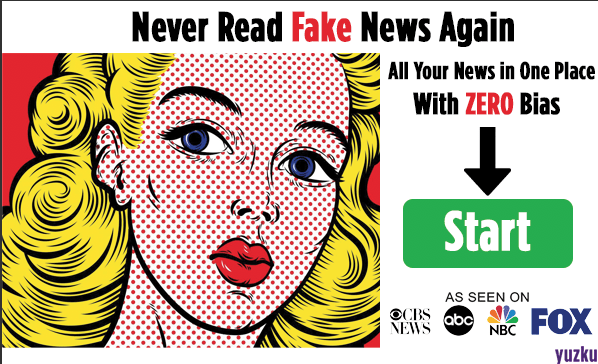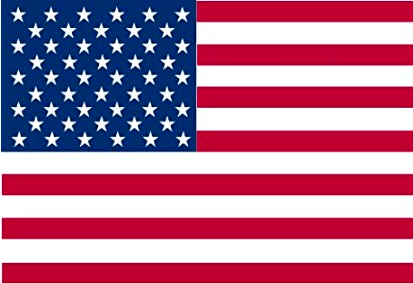Stocks Continues to Fall as Feds Prepare $700 Billion to Save U.S Economy
After last week’s sudden market plunge, the US stock market continued to tank, which had forced trading to come into a halt, not just once but three times throughout Monday.
The numbers were dismal as the S&P 500 index recorded a 7% threshold within minutes of the opening bell, which prompted a 15-minute trading halt. The index was especially important as it measures the stock performance of 500 large companies in the United States.
Things did not look up either. By 10 AM, the S7P Index 500 declined to 9.9%. The already struggling Dow Jones Industrial Average, which measures the performance of 30 large companies in the US, also recorded a 10.3% decline.
While the Nasdaq Composite, which was responsible for measuring the common stocks and similar securities in the Nasdaq Market, was off by 9.4 percent. Things started to go into a downturn as the market hits a Level 2 halt, which again stopped trading for 15 minutes. As the stocks dipped by 20%, it had finally reached Level 3, prompting traders to call it off for the remainder of the day.
The sudden market plunge was used by the Democrats to slam Trump. Just last week, Biden claimed that the administration was incompetent to handle both the stock market crash and the ongoing coronavirus outbreak. “ “[T]his gets down to competence and capability. And the—unfortunately, the president has very—no competence in how to handle this crisis,” Biden claimed.
Albeit their accusation, the administration had used fiscal policy to stabilize the economy. In fact, the Federal Reserve was set to implement “quantitative easing.” While Federal Reserve Chair Jerome Powell was not certain on how the program should be named, the large scale purchase program was needed to help support and stabilize the US economy.
Nevertheless, the government was set to purchase $700 billion of bonds in order to cut down the interest rate to zero. In their official statement, the Feds announced that they would buy $500 billion in Treasuries and $200 billion in securities. The chair explained that the purchases were meant to “support the availability of credit in the economy, households, and business, and thereby support the overall economy. How do they do that? They do that supporting proper market functioning in the Treasury and MBS market.”
Powell also encouraged banks to use the company’s capital and liquidity buffers, to lend to household and business. Although the suggestion had not been tested yet, the Feds believed that it would protect the banks and their capacity to lend during an economic crisis.
The government also assured that they have been cooperating with five other central banks to allow institutions to give dollar funding to other banks within their territory. The plan is set to prevent disruptions from all dollar funded transactions worldwide.



 RSS
RSS
